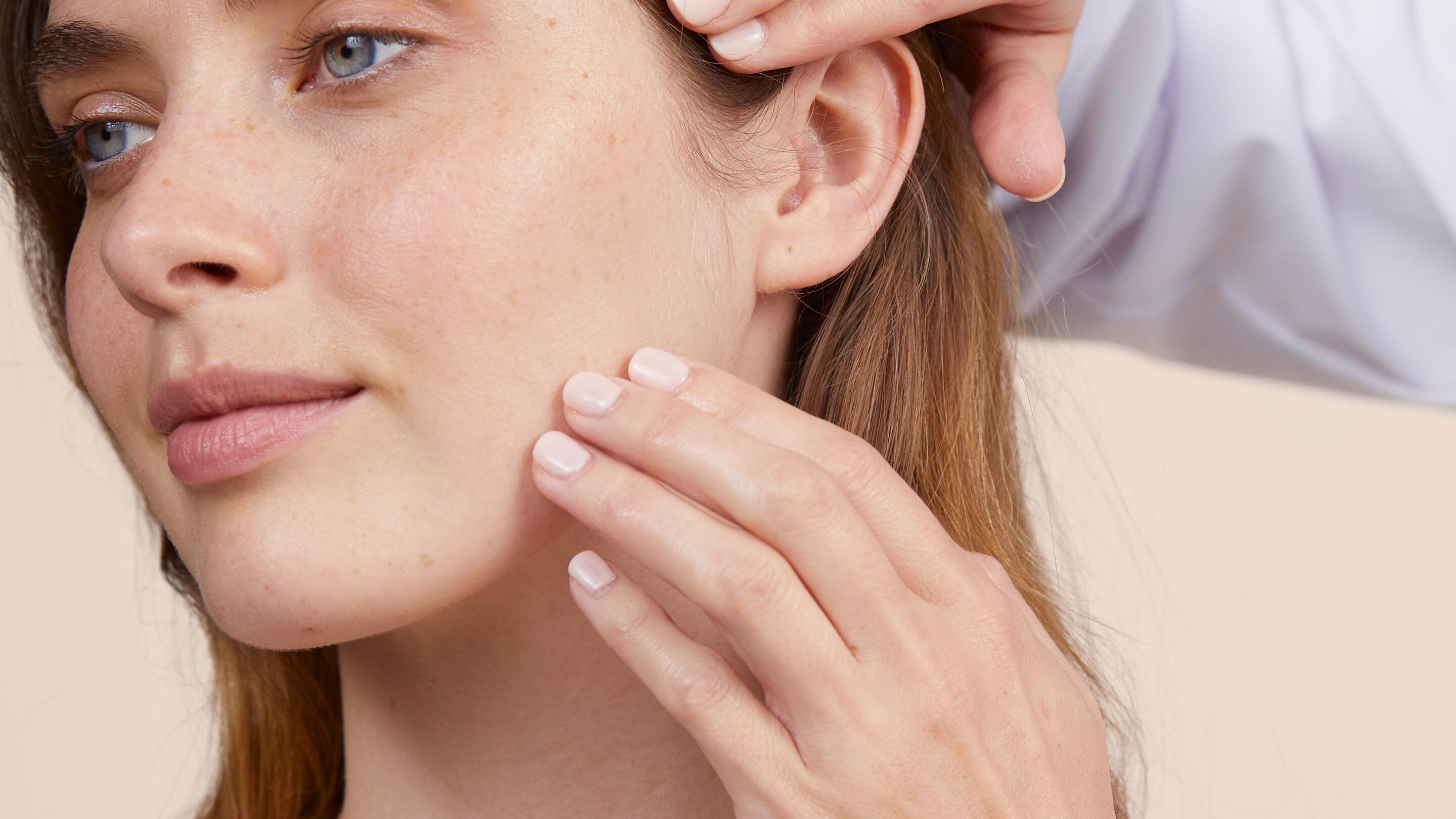5 results "Skincare for acne-prone skin"
CLEANANCE COMEDOMED Anti-blemishes Concentrate


Cleanance
CLEANANCE COMEDOMED Anti-blemishes Concentrate
Reduces imperfections - Tightens pores - Reduces excess sebum
CLEANANCE A.H.A Exfoliating Serum


Cleanance
CLEANANCE A.H.A Exfoliating Serum
Reduces residual marks - Reduces imperfections - Tightens pores
Cleanance AQUA-GEL Aqua Cream-in-Gel


Cleanance
Cleanance AQUA-GEL Aqua Cream-in-Gel
Hydrates - Soothes - Mattifies
Loading...
Which skin care routine should you adopt?
Identify what it really needs with the help of our experts and discover the most suitable skin care routine for you.



